Working on Your UX? Here’s Why These 5 Forces Are Key to Making an Impact
When you think about UX design, your mind probably jumps to wireframes, user journeys, and accessibility. But did you know that understanding market forces can also make you a better UX designer? Let me introduce you to the Five Forces Model, a strategic framework developed by Harvard Business School professor Michael Porter. This model helps businesses (and designers!) analyze the competitive environment and understand factors that influence competition, profitability, and industry attractiveness. The Five Forces and UX Design 1. Competitive Rivalry This force examines the intensity of competition within an industry. Are there many players fighting for the same customers? Is innovation constant? How it applies to UX: Analyze competitor products to identify gaps and opportunities. Introduce unique features that differentiate your product. Continuously refine your UX strategy to stay ahead. Example: Think about the ride-hailing industry (Uber, Lyft, Bolt). The competition is fierce, so companies improve user experience by offering features like better pricing algorithms, customer rewards, and real-time tracking. 2. Threat of New Entrants New businesses can disrupt an industry, making it harder for existing players to maintain dominance. This force depends on barriers to entry, such as capital requirements, brand loyalty, and economies of scale. How it applies to UX: Build a strong brand identity through excellent user experience. Focus on user retention with personalized features and smooth onboarding. Continuously innovate to maintain a competitive advantage. Example: In the streaming industry, Netflix faced the threat of Disney+, HBO Max, and others. To stay ahead, Netflix invested in AI-driven recommendations and interactive content like Bandersnatch. 3. Threat of Substitutes If users can easily switch to a different product, your market position is at risk. Substitutes often emerge due to price, convenience, or better UX. How it applies to UX: Offer unique, irreplaceable features. Prioritize ease of use, reliability, and superior customer support. Continuously collect feedback and optimize usability. Example: If Spotify’s UI were clunky, users might switch to Apple Music. But because of personalized playlists, AI-driven recommendations, and seamless cross-device experience, Spotify retains its users. 4. Bargaining Power of Suppliers Suppliers impact production costs, availability of materials, and ultimately, your pricing and quality. How it applies to UX: Work closely with API providers, third-party integrations, and development teams. Ensure that any external dependencies (e.g., payment gateways, hosting services) don’t negatively impact user experience. Optimize design workflows to minimize reliance on costly suppliers. Example: SaaS companies that rely on cloud providers like AWS must ensure uptime and performance. A UX designer should consider loading times, server downtime, and seamless failovers to prevent disruptions. 5. Bargaining Power of Buyers Customers have power when they have multiple alternatives, easy access to information, or low switching costs. How it applies to UX: Conduct user research to understand needs and expectations. Ensure pricing and feature sets align with user preferences. Make onboarding seamless and reduce friction in user flows. Example: If an e-commerce platform has a confusing checkout process, users will abandon their carts and switch to competitors like Amazon, where purchases are frictionless. Applying the Five Forces Model to UX Strategy To make the most of this model, follow these steps: Research: Understand your industry’s forces and competitors. Identify pain points: Look for weaknesses in the current market experience. Prioritize differentiation: Build features and designs that make your product irreplaceable. Iterate continuously: Stay agile, adapt to market changes, and always test your UX improvements. By integrating the Five Forces Model into your UX strategy, you’ll not only create better products but also build a sustainable competitive advantage that keeps users coming back. If you're a software developer who enjoys exploring different technologies and techniques like this one, check out LiveAPI. It’s a super-convenient tool that lets you generate interactive API docs instantly. So, if you’re working with a codebase that lacks documentation, just use LiveAPI to generate it and save time! You can instantly try it out here!
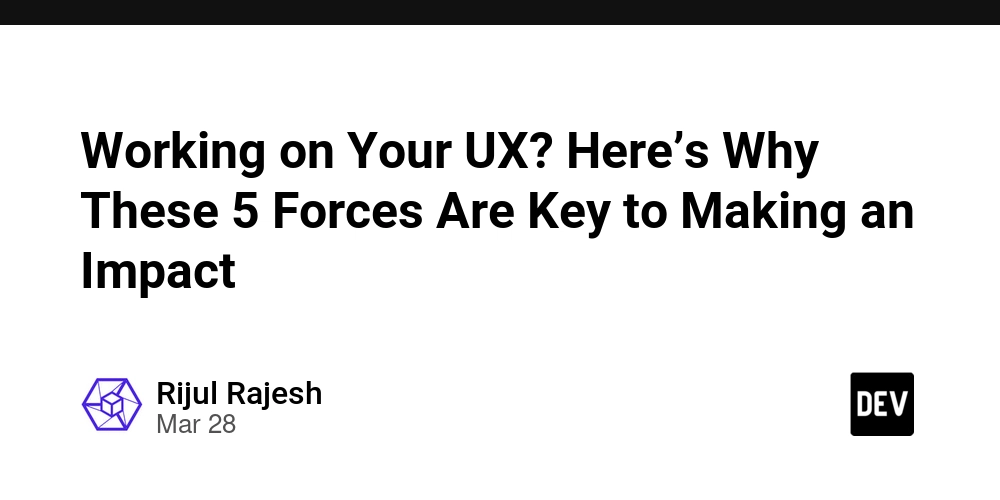
When you think about UX design, your mind probably jumps to wireframes, user journeys, and accessibility. But did you know that understanding market forces can also make you a better UX designer?
Let me introduce you to the Five Forces Model, a strategic framework developed by Harvard Business School professor Michael Porter. This model helps businesses (and designers!) analyze the competitive environment and understand factors that influence competition, profitability, and industry attractiveness.
The Five Forces and UX Design
1. Competitive Rivalry
This force examines the intensity of competition within an industry. Are there many players fighting for the same customers? Is innovation constant?
How it applies to UX:
- Analyze competitor products to identify gaps and opportunities.
- Introduce unique features that differentiate your product.
- Continuously refine your UX strategy to stay ahead.
Example: Think about the ride-hailing industry (Uber, Lyft, Bolt). The competition is fierce, so companies improve user experience by offering features like better pricing algorithms, customer rewards, and real-time tracking.
2. Threat of New Entrants
New businesses can disrupt an industry, making it harder for existing players to maintain dominance. This force depends on barriers to entry, such as capital requirements, brand loyalty, and economies of scale.
How it applies to UX:
- Build a strong brand identity through excellent user experience.
- Focus on user retention with personalized features and smooth onboarding.
- Continuously innovate to maintain a competitive advantage.
Example: In the streaming industry, Netflix faced the threat of Disney+, HBO Max, and others. To stay ahead, Netflix invested in AI-driven recommendations and interactive content like Bandersnatch.
3. Threat of Substitutes
If users can easily switch to a different product, your market position is at risk. Substitutes often emerge due to price, convenience, or better UX.
How it applies to UX:
- Offer unique, irreplaceable features.
- Prioritize ease of use, reliability, and superior customer support.
- Continuously collect feedback and optimize usability.
Example: If Spotify’s UI were clunky, users might switch to Apple Music. But because of personalized playlists, AI-driven recommendations, and seamless cross-device experience, Spotify retains its users.
4. Bargaining Power of Suppliers
Suppliers impact production costs, availability of materials, and ultimately, your pricing and quality.
How it applies to UX:
- Work closely with API providers, third-party integrations, and development teams.
- Ensure that any external dependencies (e.g., payment gateways, hosting services) don’t negatively impact user experience.
- Optimize design workflows to minimize reliance on costly suppliers.
Example: SaaS companies that rely on cloud providers like AWS must ensure uptime and performance. A UX designer should consider loading times, server downtime, and seamless failovers to prevent disruptions.
5. Bargaining Power of Buyers
Customers have power when they have multiple alternatives, easy access to information, or low switching costs.
How it applies to UX:
- Conduct user research to understand needs and expectations.
- Ensure pricing and feature sets align with user preferences.
- Make onboarding seamless and reduce friction in user flows.
Example: If an e-commerce platform has a confusing checkout process, users will abandon their carts and switch to competitors like Amazon, where purchases are frictionless.
Applying the Five Forces Model to UX Strategy
To make the most of this model, follow these steps:
Research: Understand your industry’s forces and competitors.
Identify pain points: Look for weaknesses in the current market experience.
Prioritize differentiation: Build features and designs that make your product irreplaceable.
Iterate continuously: Stay agile, adapt to market changes, and always test your UX improvements.
By integrating the Five Forces Model into your UX strategy, you’ll not only create better products but also build a sustainable competitive advantage that keeps users coming back.
If you're a software developer who enjoys exploring different technologies and techniques like this one, check out LiveAPI. It’s a super-convenient tool that lets you generate interactive API docs instantly.
So, if you’re working with a codebase that lacks documentation, just use LiveAPI to generate it and save time!
You can instantly try it out here!



















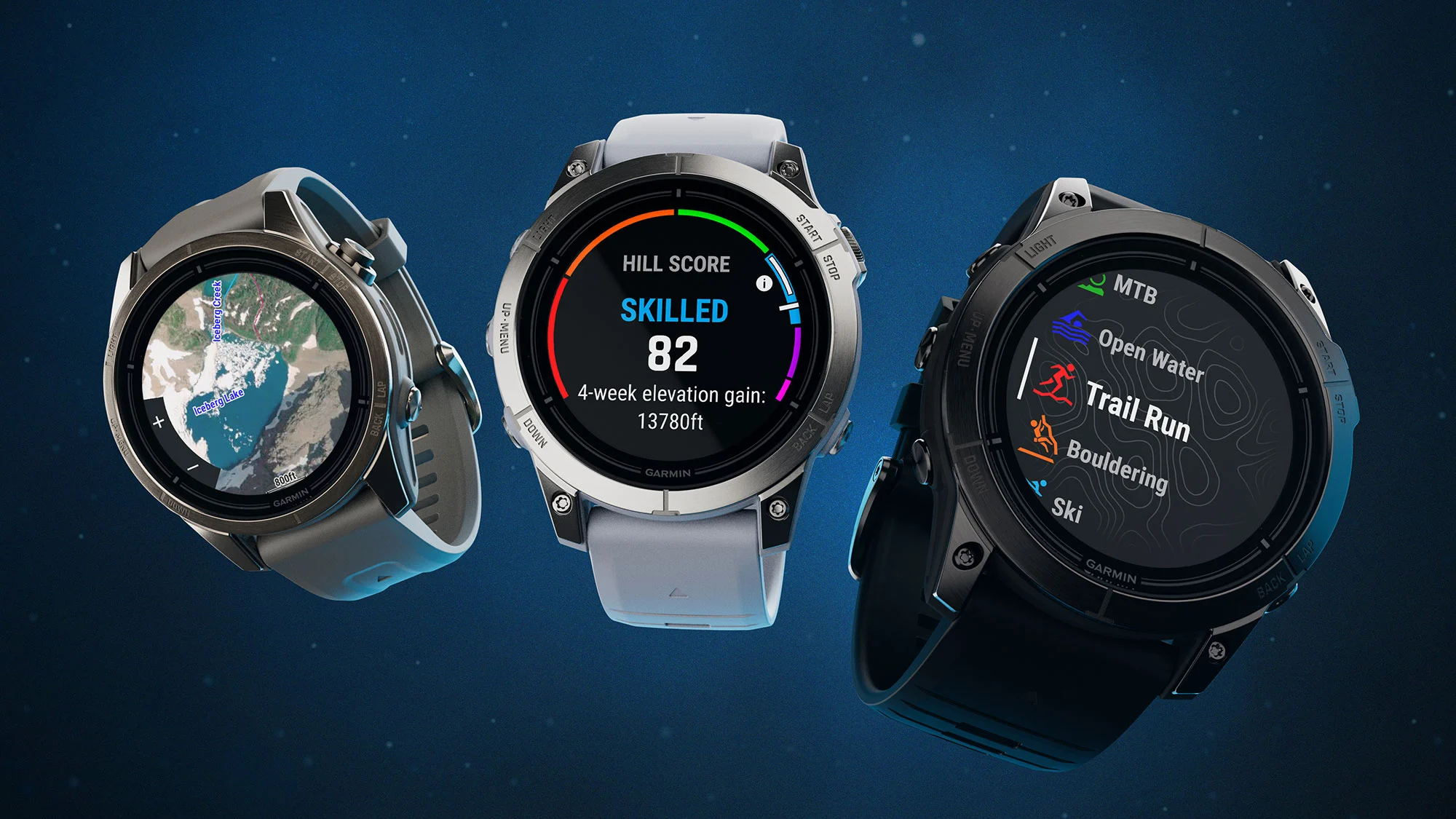





























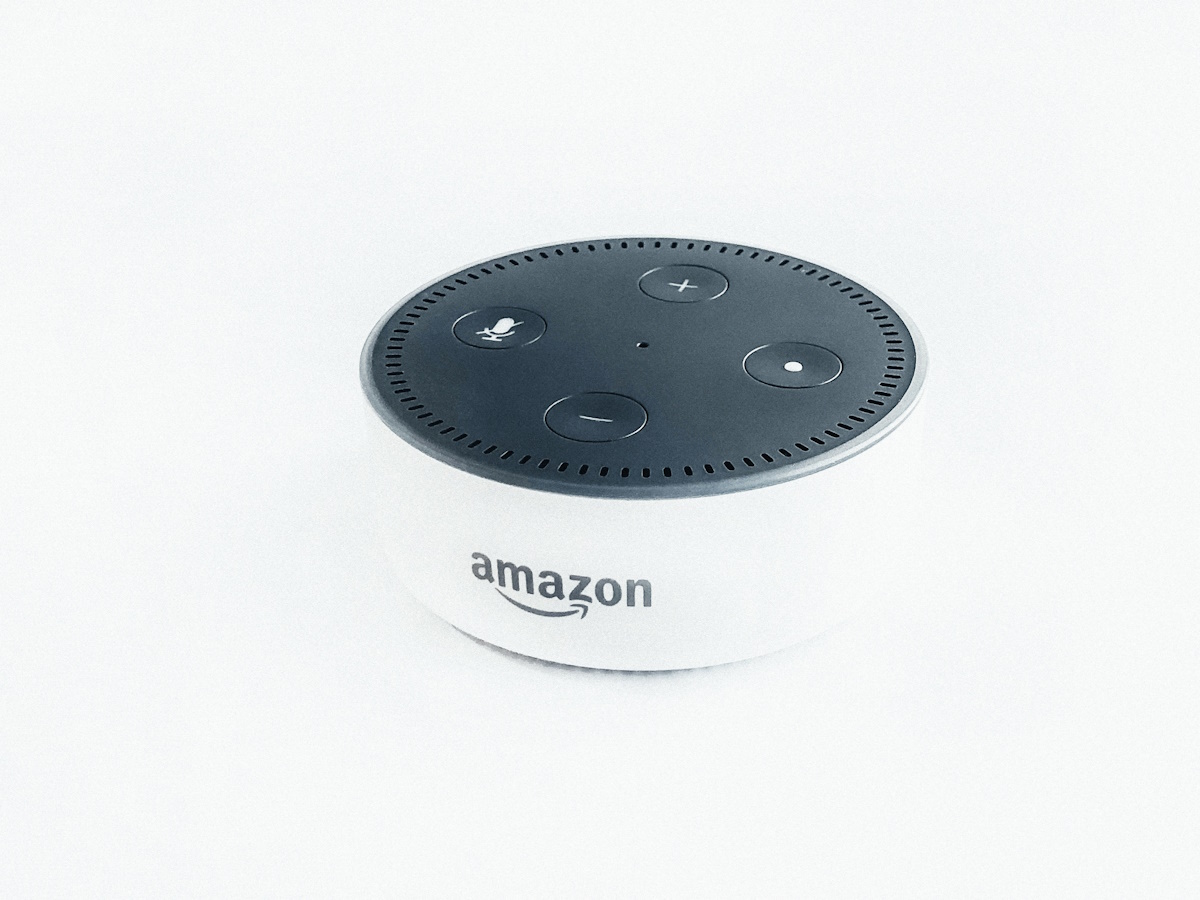







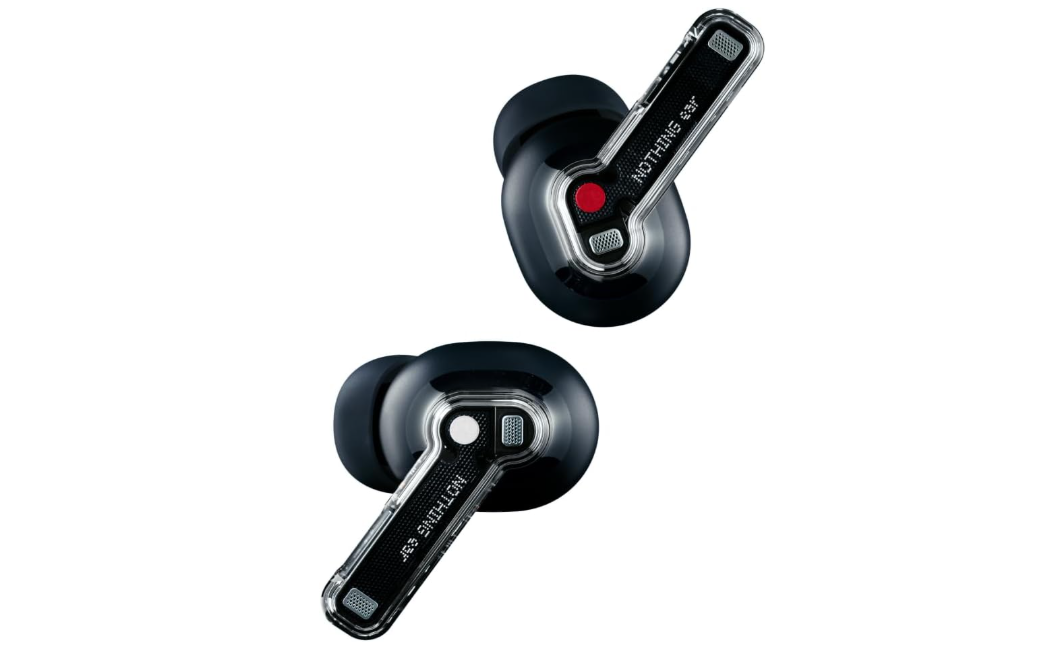









![Apple's M5 iPad Pro Enters Advanced Testing for 2025 Launch [Gurman]](https://www.iclarified.com/images/news/96865/96865/96865-640.jpg)
![M5 MacBook Pro Set for Late 2025, Major Redesign Waits Until 2026 [Gurman]](https://www.iclarified.com/images/news/96868/96868/96868-640.jpg)
![Apple to Revamp Health App with AI-Powered Doctor [Gurman]](https://www.iclarified.com/images/news/96870/96870/96870-640.jpg)



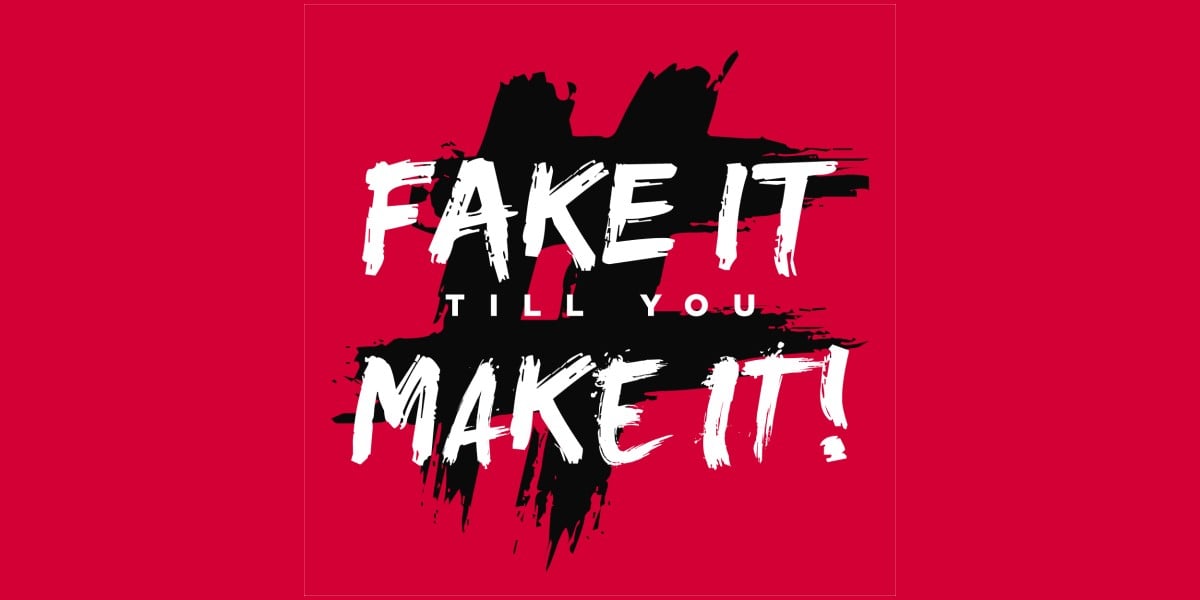










![What Google Messages features are rolling out [March 2025]](https://i0.wp.com/9to5google.com/wp-content/uploads/sites/4/2023/12/google-messages-name-cover.png?resize=1200%2C628&quality=82&strip=all&ssl=1)






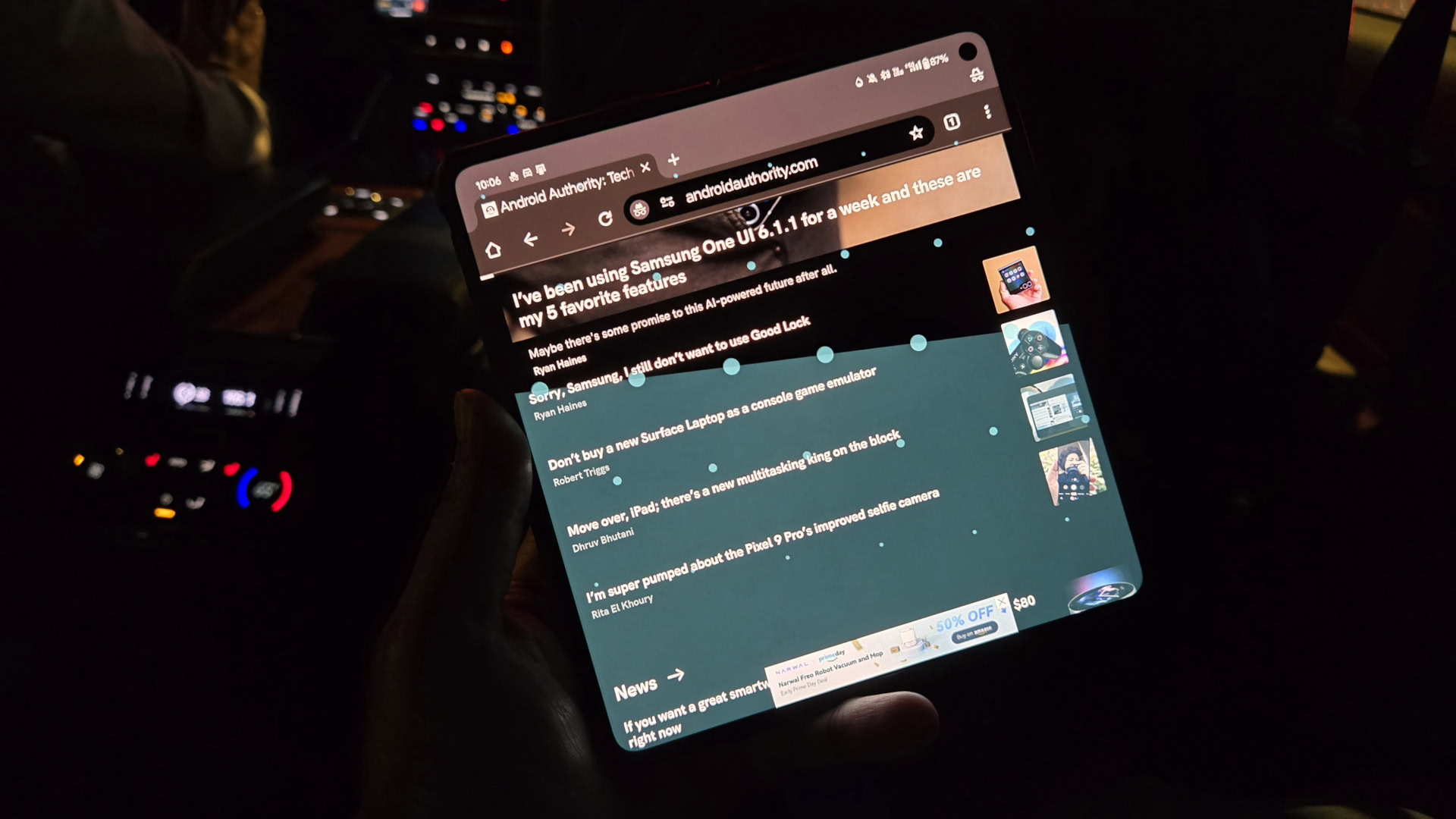




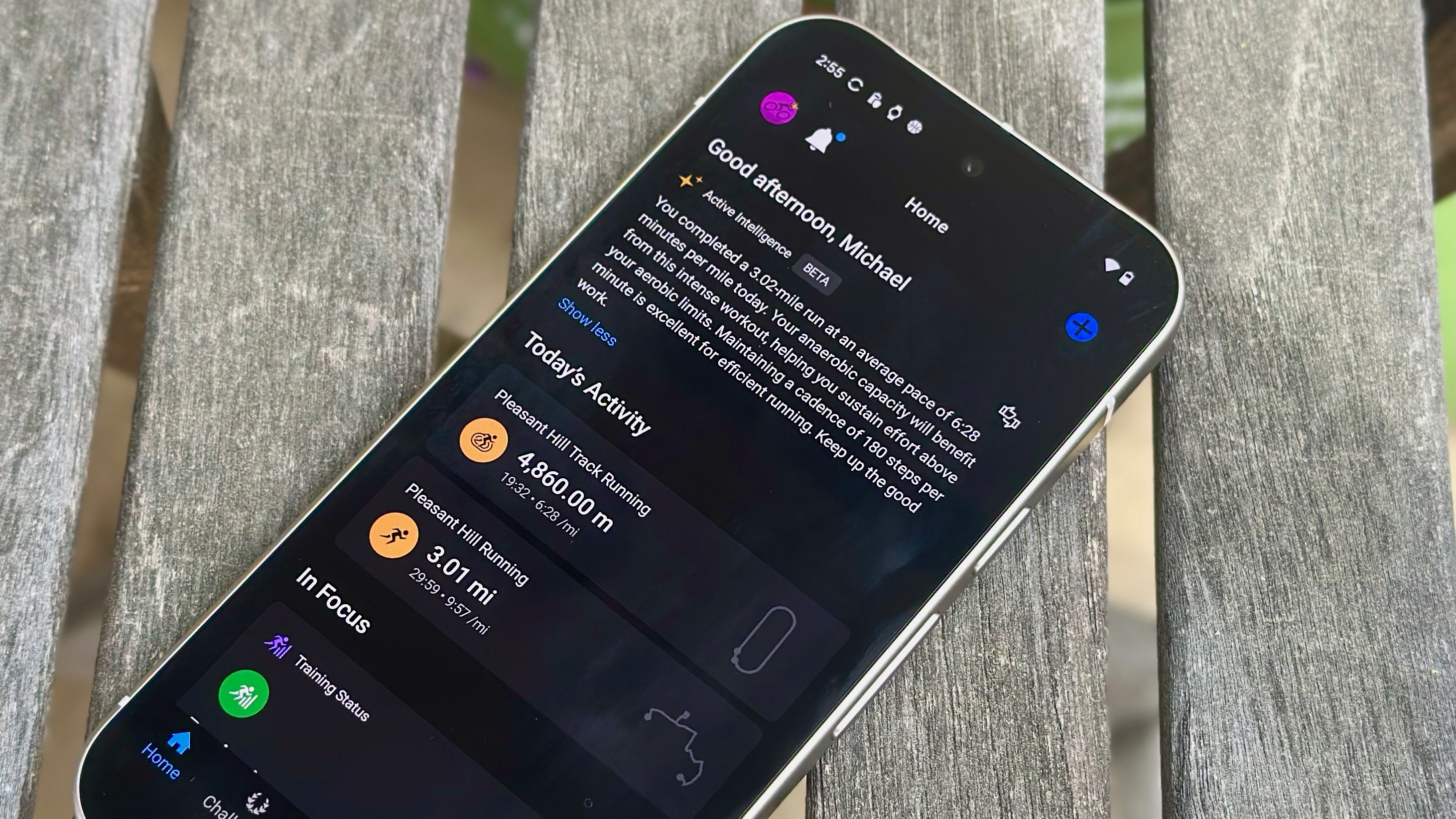



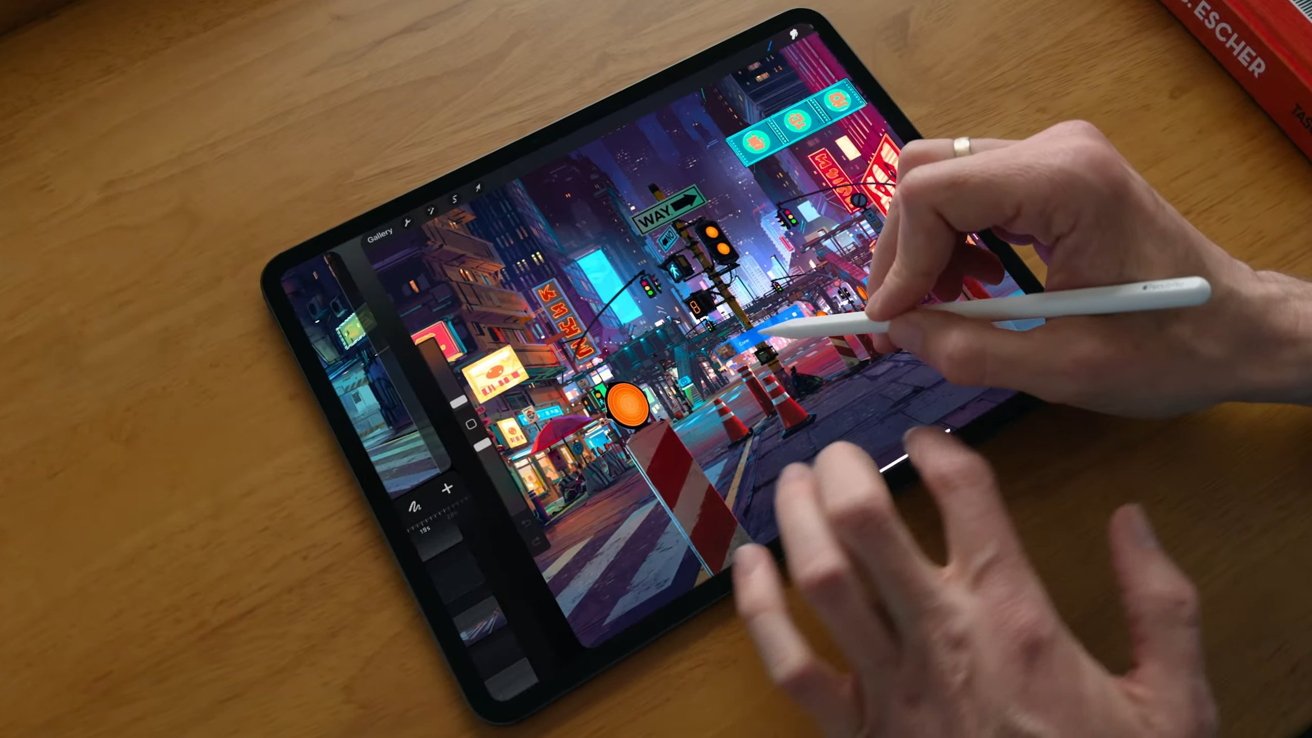



























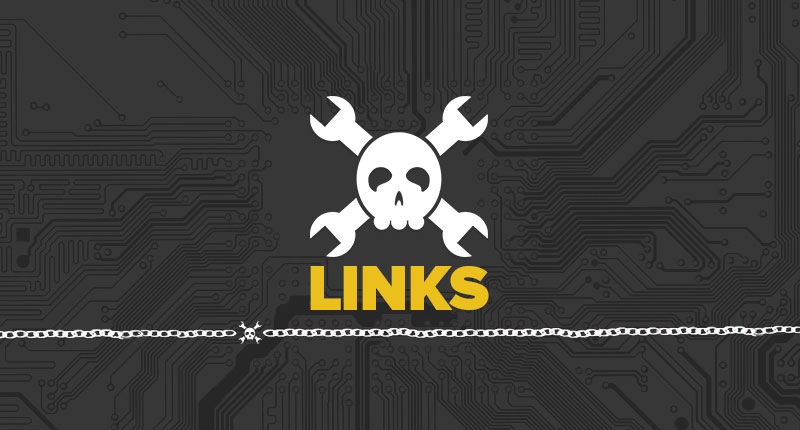























































































































![[The AI Show Episode 141]: Road to AGI (and Beyond) #1 — The AI Timeline is Accelerating](https://www.marketingaiinstitute.com/hubfs/ep%20141.1.png)
![[The AI Show Episode 140]: New AGI Warnings, OpenAI Suggests Government Policy, Sam Altman Teases Creative Writing Model, Claude Web Search & Apple’s AI Woes](https://www.marketingaiinstitute.com/hubfs/ep%20140%20cover.png)
![[The AI Show Episode 139]: The Government Knows AGI Is Coming, Superintelligence Strategy, OpenAI’s $20,000 Per Month Agents & Top 100 Gen AI Apps](https://www.marketingaiinstitute.com/hubfs/ep%20139%20cover-2.png)
























































































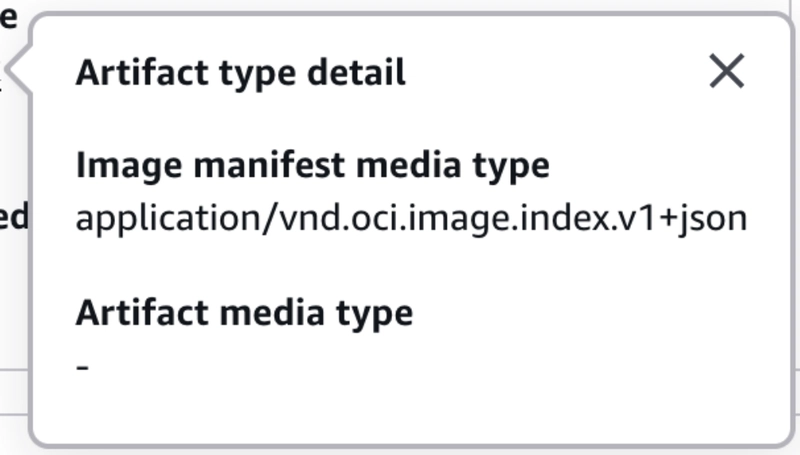





































![From broke musician to working dev. How college drop-out Ryan Furrer taught himself to code [Podcast #166]](https://cdn.hashnode.com/res/hashnode/image/upload/v1743189826063/2080cde4-6fc0-46fb-b98d-b3d59841e8c4.png?#)






![[FREE EBOOKS] The Ultimate Linux Shell Scripting Guide, Artificial Intelligence for Cybersecurity & Four More Best Selling Titles](https://www.javacodegeeks.com/wp-content/uploads/2012/12/jcg-logo.jpg)











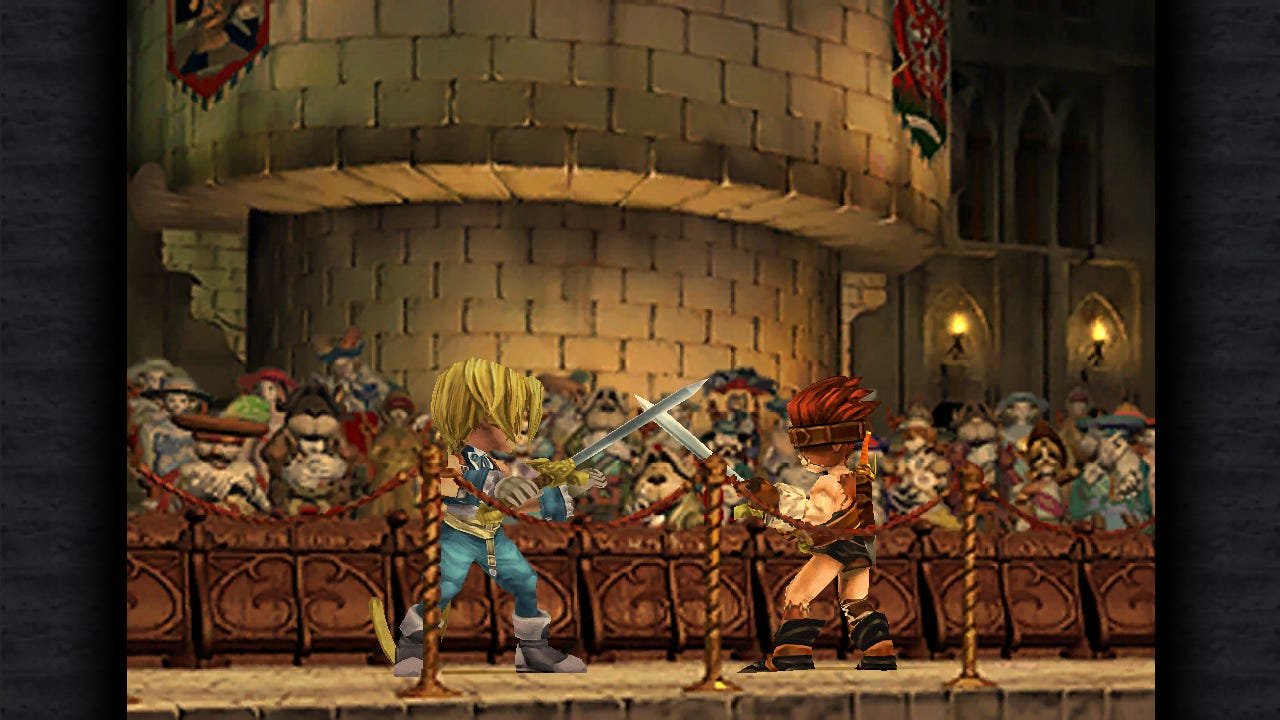














OSAMU-NAKAMURA.jpg?width=1920&height=1920&fit=bounds&quality=80&format=jpg&auto=webp#)







.png?#)




















































